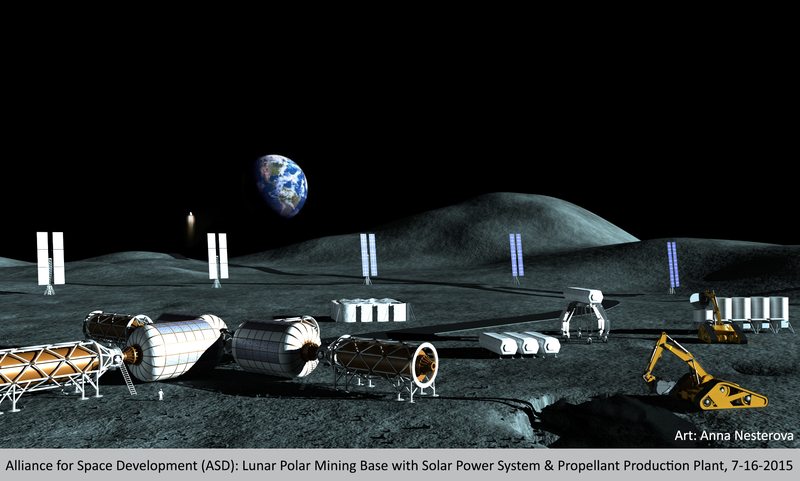
An announcement made on the 46th anniversary of the Apollo 11’s first footsteps on the moon stated that there is hope and future plan for it to happen again. There is plan for humans not only to walk on the moon again within the next decade, but to live there a decade after that. Crazy, but exciting.
The NexGen Space study, funded by NASA, aims to eliminate the cost of human space exploration by a factor of 10 in order to expand lunar investigation without exceeding the $4 billion per year expense it receives for human spaceflight.
Over the five to seven year plan, it would cost NASA $10 billion, with $5 billion going to two selected competitors similar to how NASA awarded dual contracts for commercial crew programs. NASA would not have to spend any new money, as it is funded $4 billion per year already, but instead would have to make an adjustment. The company already had a next-generation rocket in progress, with plans to go back to the moon, but not land. By reconfiguring its plan, NASA can reduce its launches from 12 to three, thus reducing its costs.
The way for NASA to be able to cut spending and have humans live on the moon within the next 20 years is to maintain its private-partnerships with companies like SpaceX, Orbital ATK, and the United Launch Alliance. The company will need to initiate the same practice it uses for resupplying the International Space Station, whom it will rely upon for long-term crew support.
The new plan should benefit the economy by mining the moon for the hydrogen stored in its polar water ice. This hydrogen could then be processed into cryogenic propellant and stored in a propellant depot craft, which orbits the moon, before being sold to NASA to use in a trip to Mars.
“You basically expand free enterprise to the Moon,” said Charles Miller, NexGen’s president and investigator for the study.
The NexGen study lays out a vivid roadmap of the plan. If NASA were to adopt it right away, we could see robots on the moon as early as 2017. From there, rovers could watch the moon for hydrogen by 2018, and prospecting could begin by 2019 or 2020. Robotic permanent bases could pave the way for humans landing on the moon by 2022.
Now, all this plan needs is some action from Congress. The 21 individuals who created this plan are hopeful that it will convince authority that space programs are beneficial.
“Every single person in the United States benefits from space every single day,” said Tom Moser, a member of the study’s review team.
Source: The Verge
Advertisement
Learn more about Electronic Products Magazine





